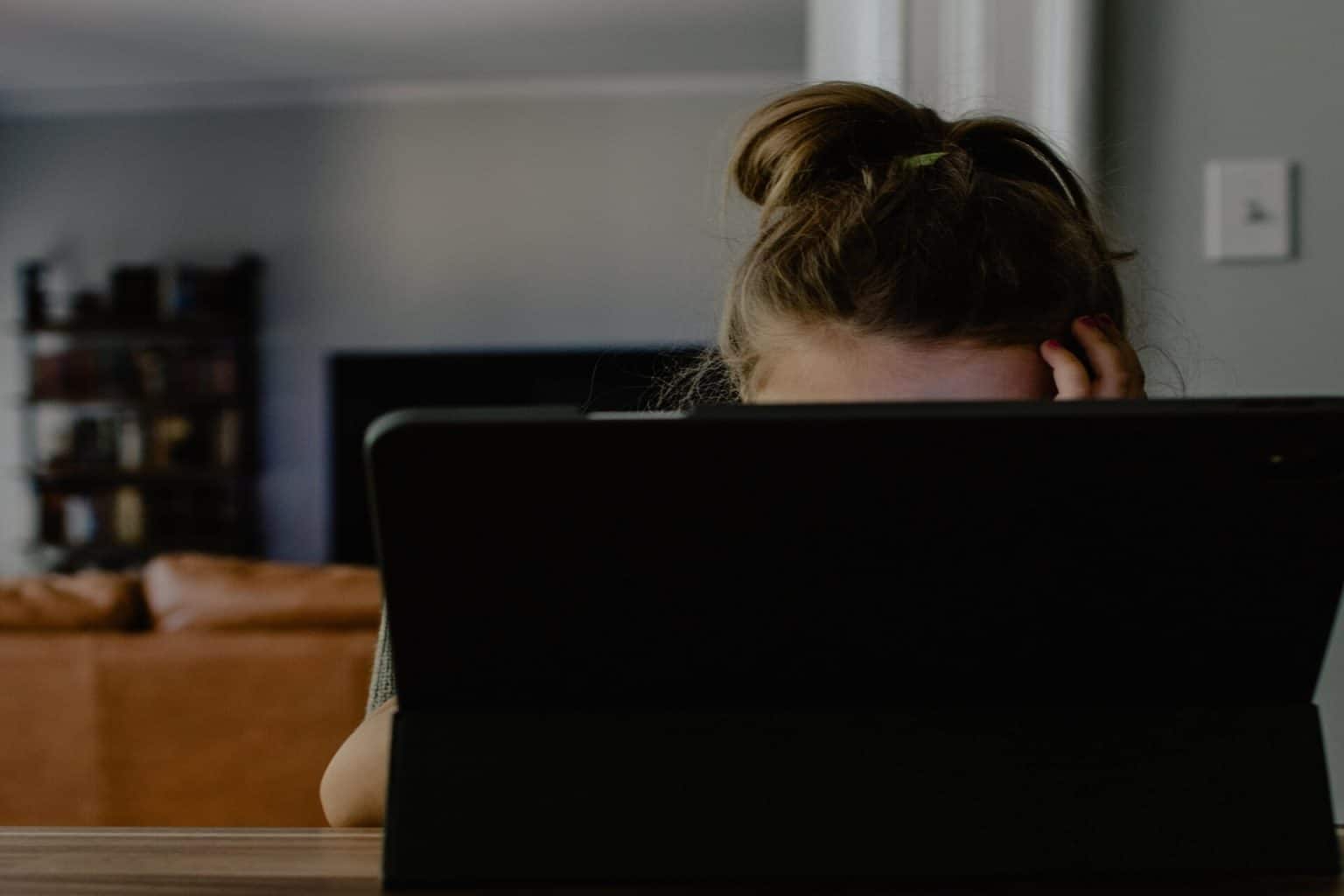Let me paint you a picture (and I’m sure this is accurate of many, many households across the country, where virtual school is in full-swing): Right now, my alarm goes off at 4:45am. Now, I’m usually an early-riser, but lately, I’ve been out of bed an hour earlier than usual. I check on my girls, who are six and nine, and close their door when I sit down at my desk (which is right outside their bedroom). I offer up a prayer that my six-year-old stays asleep for another 90 minutes at least. I open my laptop and glance at the to-do list I wrote at midnight the night before, working as quickly as I can to cross off the easy things first. If the girls are still asleep at 6:30am, I’ll stop to take a quick shower and make a cup of tea. Then I’m back at my computer.
By 7am, someone will be awake and asking for breakfast. From there, it will be getting kids fed and dressed and ready for virtual school to start at 8:30am. This is the point where I now have to set my work aside for the next six hours to oversee my children’s education, because the school day has not changed from in-class learning. Of course this isn’t actually possible, because I’m a self-employed single mom (though I know this is the case for anyone with a job, full-stop, right now), so I have to keep one eye on my email and the other on grade one or grade four. I have to squeeze whatever client work I can in between lessons and at lunch. The number of emails I’ve written this month that say, “I’m so sorry for the delay, virtual school is kicking my ass…”
Once I’ve navigated the virtual school day, with all of its tech issues, switching Google classrooms for different subjects, child meltdowns, supervising and submitting stacks of assignments and more, I then need to put out any work fires I didn’t get to during the day, make dinner, make sure kids get showers, at some point tidy up the kitchen which now looks like a bomb went off with three meals’ worth of mess, and then manage the bedtime routine. But it still isn’t over. When I’ve finally tucked my kids in, my work day resumes and I attack what I didn’t get to (which is at least 70% of my workload). Make to-do list for tomorrow. Hope to get to sleep before 1am. Rinse. Repeat.
Note what didn’t get completed here—no outside time, no downtime for me, no grocery shopping, no cleaning, no laundry. If I try to fit one of those things in, something doesn’t get done. Plain and simple.
Look, here’s the deal: I know I’m not alone. I also know I am speaking from a place of privilege. I speak the same language as my kids’ teachers, I have reliable internet and devices, I understand how the technology works. My co-parent is doing his part and we split the kids up so they each have a dedicated parent for the school day, and we share the nights and weekends so we each get some time back. My dad is a retired high school math and science teacher and is just a call away when I don’t understand assignments in those subjects (don’t laugh—grade four math is nothing like I remember).
But the expectations here are unsustainable. Across the board. For teachers, for kids, for parents, for families. And that’s actually at the root of things. The expectation of full days of synchronous learning, with little to no adjustment to curriculum benchmarks, is just…I can’t even. In the spring it was about keeping kids engaged, about doing what you could, and while it was hard, it wasn’t impossible. We had a rhythm. We signed in each morning to see what was up, to get the activities that were suggested (operative word), and so on. Sometimes math took the form of a baking lesson to learn fractions. Gym was a trail walk (because parks were still closed). The stress level was so much lower (in this arena, at least). But this current pace is impossible. It is impossible to be all things—employee or employer, business owner, teacher, parent, partner, keeper of a household. If you’re also looking after family members who are unwell, I salute you.
Something has to give. And long before everyone gets vaccinated. I keep thinking it’s like a renovation where you can pick two of cheap, fast or good. In this case, you can have career, social distance or virtual school. Pick two (and we know social distance is required, so step right up to make an unbearable decision between the remaining options).
There is a crisis looming—burnout like we’ve never seen. Frontline workers are already there.
We need to give everyone permission to do the best they can, without repercussion, rather than trying to meet impossible demands. Because this? It just isn’t working.










